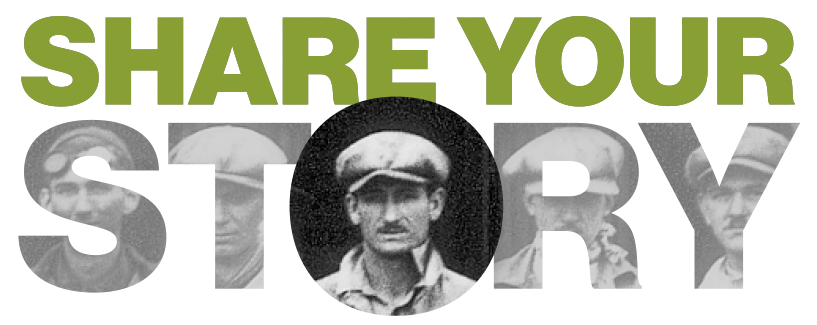Clyde Vernon Cessna was a patriot, and when the United States entered World War I in April 1917 the pioneer aviator offered to train potential military pilots at his new flight school in Wichita, Kansas. Unfortunately, the Federal government turned him down, but Clyde renewed his efforts by training civilian airmen. In June of that year he offered a pilot training course at what he claimed was the “very first private flying institution west of the Mississippi River.”

His advertisements drew responses from 25 young men who were eager to earn their wings. It cost Cessna a handsome sum to properly equip the school for instruction, and applicants were required to pass a physical and psychological examination equivalent to that of the U.S. Army Signal Corps. The initial class of five students commenced their training early that summer. The would-be aviators included W.E. True, Joseph J. Smitheisler, Marion McHugh, Edgar B. Smith and E.F. Rickabaugh.
True had worked for the Jones Motor Car Company in town. Smith was a student at the local Fairmount College and had served as first assistant to Homer Harden – a commercial photographer in Wichita. McHugh had a job working at the Ponca Tent and Awning Company in Wichita. The course cost $400 for an eight-week program, and by graduation day Cessna promised the neophyte fliers would be capable of making solo flights.
Classes commenced at 4:30 a.m. when the Kansas prairie air was motionless and cool. After lectures from Cessna about theory of flight, engine operation and flight controls, each student received some “hands-on” experience by sitting in the cockpit of the Clyde’s 1913 monoplane. It was suspended a few feet off the floor by a block and tackle arrangement so students could take turns in the cockpit learning the purpose and movement of the wing-warping, elevator and rudder controls. Once those skills were mastered, the old monoplane was rolled outside and the class progressed to engine starting, taxi and maneuvering on the ground.
After three weeks each of the students had progressed to making very short takeoff runs. To ensure that the fledglings could not venture off into the wild blue yonder, Clyde made sure that engine power was severely restricted. By July three of the boys were ready to solo, and they did so without incident, flying only a few feet off the ground, straight ahead, and landing safely.
Of the five students only McHugh is known to have complete the entire course of training. Clyde had chosen him to join the Cessna Aeroplane Exhibition Company as a demonstration pilot, and he was reported to have made at least one flight at Coldwater, Kansas. Clyde already had commitments for 30 flights during the upcoming autumn exhibition season. He planned to use three airplanes and pilots to fulfill those contracts secured by various state and local fairs.
Unfortunately for Cessna, that summer his existing contracts for aerial exhibitions began to steal time away from the flight school, and late that summer four students brought suit against Clyde for breach of contract, claiming that he had not provided eight weeks of instruction and had not set up flight demonstrations as promised. Research by the author indicates that the case was never tried. Instead, Clyde apparently settled out of court by refunding the tuition, thereby avoiding bad publicity.
As for the students, Edgar B. Smith went on to become a well-known photographer in Wichita throughout the 1920s and 1930s. He owned and flew a war-surplus Standard J-1 biplane powered by a Wright Hispano-Suiza engine. Walter Beech and other local pilots often flew the ship while Smith took photographs with his massive, glass-plate camera from the aft cockpit. In addition, during the “Roarin’ Twenties” Smith took thousands of photographs for the city’s growing airframe manufacturers that included the Travel Air Company, Cessna Aircraft Company, Stearman Aircraft Company and Swallow Airplane Manufacturing Company.
Although Clyde Cessna’s “Air Academy” was short lived, it represents another fascinating chapter about a city on the prairie and its meteoric ascent to become the “Air Capital of the World.”

 Back
Back